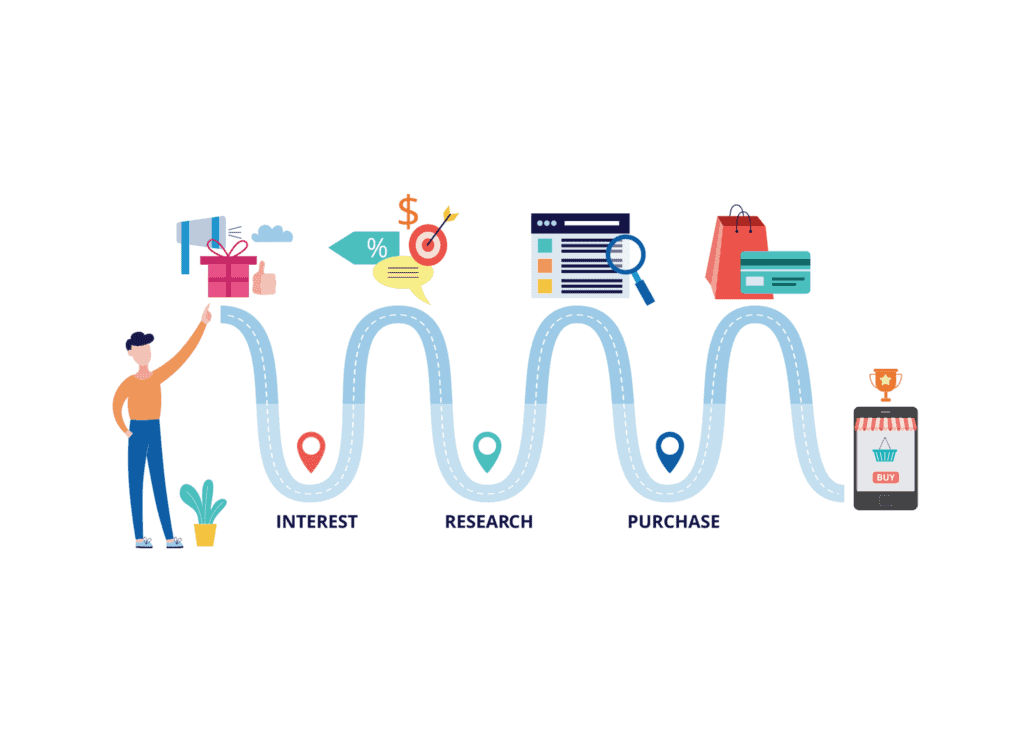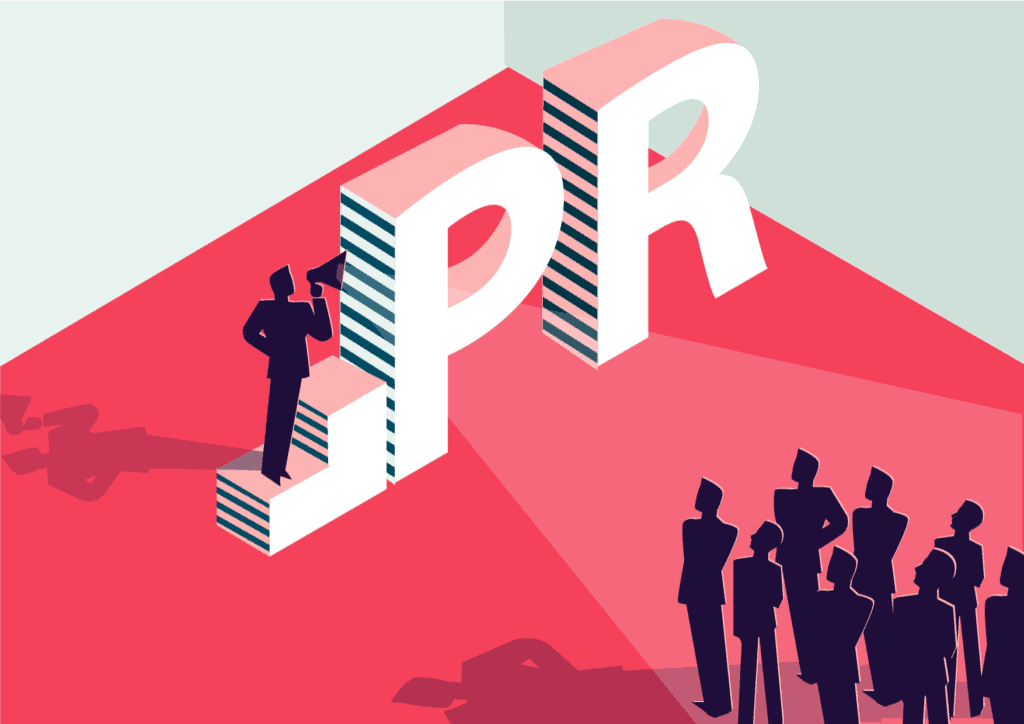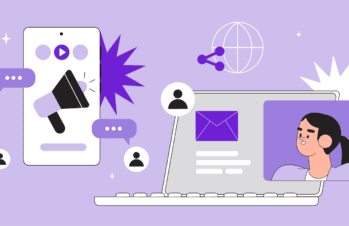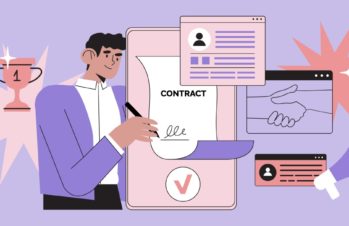Many B2B tech companies think of PR in terms of individual campaigns.
You’re about to launch a product—PR campaign!
You’re raising your Series A—PR campaign!
You’ve just made a successful exit—PR campaign!
All of those events are, indeed, excellent opportunities to build a robust, digitally-driven PR campaign to build awareness, drive leads, and boost your company’s reputation. But to be truly effective, PR should be an ongoing process, with event-specific campaigns built in as needed.
Why?
It has to do with two things: first, the Law of Effective Frequency, and second, the B2B buyer journey in 2021.
What is the Law of Effective Frequency?
The Law of Effective Frequency comes from the advertising world, and it deals with how many times a consumer needs to be exposed to a message for that message to be effective.
There are many different points of view on that number, with a consensus being that it’s “three-plus.” However, rather than try and determine a specific number, the most important information to take from this idea is this:
A customer will almost certainly need more than one interaction with your brand, be it an ad or some other type of content before they decide to buy.
So from that alone, you can see how PR fits into the B2B buying picture. Successful B2B PR creates multiple, ongoing opportunities for potential customers to interact with your brand. An Alexa briefing, a fireside chat through LinkedIn, a feature in a top publication, a social media takeover—all of these different PR efforts put you in front of your audience multiple times, making it more likely that they’ll reach out when they’re considering a purchase.
This is true for the B2C world, but it’s even more true for B2B companies. We’ll talk about why in the next section.
Related read: A 24-Point PR Checklist Proven to Maximize Your B2B Public Relations Strategy
The B2B buyer journey
B2B buyer journeys are long and circuitous and involve increasingly less time spent directly with a brand representative.
The main reason for this is that buyers simply don’t need sales representatives to learn about a brand anymore. They can read reviews online, visit your website, look at your social media, Google you—that’s a huge amount of information that is instantly available to them.
In fact, according to Gartner, B2B buyers spend only about 17% of their research time meeting directly with potential suppliers.

What’s the rest of that time spent on? Looking for brand mentions online, researching your products or services from your website, reading what others have to say about your brand, and gauging your reputation in your industry.
Add to this complexity the fact that a typical buying group consists of about six to 10 decision-makers, each of whom is conducting their research and sharing it with the group. When they do decide on a provider, it usually has to be presented to and signed off on by an executive.
And according to multiple surveys and studies, the B2B buying process has only gotten longer in recent years.
Additional findings show that the average marketing qualified lead (MQL)—a prospect who shows some interest in your brand, but not enough to be handed over to sales for follow-up—converts on average between 90 days and two years from the time of inquiry. Only 3% are ready to purchase when they get in touch.
The good news here is that instead of fading out of that prospect’s memory, you can be making a good impression after a good impression—as long as you’re working the PR angle on an ongoing basis.
How is ongoing B2B PR different from a single PR campaign?
A PR campaign involves efforts focused around a specific event or message: a new product, or new workplace practices, or a new CEO.
When you want to get attention for these types of events, you typically either outsource the work to a PR agency or use your in-house PR resources, if you have them.
The messaging will be tight, streamlined, and focused around the one thing you’re hoping to get attention for. This is a highly effective way to drive a PR campaign, as messages that are too broad can easily get lost in the inboxes of the bloggers, journalists, and social audio moderators you’re going after.
With ongoing PR, you still want to keep a focused message, but the goal is broader: you’re looking to generate awareness slowly and sustainably, over the long term.

So instead of building your message around your new product, for example, and zeroing in on getting product demos or online reviews as your goal, you might use the new product as your hook to get people interested, and then move more broadly into talking about your brand as a whole, the innovation you’re bringing to your industry, or how you’re approaching corporate social responsibility.
The great thing about PR is that one successful PR effort makes it much easier to get the next one—but only if your team or agency understands how to amplify it. If you’re working with an agency with roots in social, like Zen, you’ll see that once you’ve achieved that press, we go to work capitalizing on it.
That means sharing any press on your brand’s social media channels, using it to nurture or establish an influencer marketing relationship (because believe it or not, B2B influencer marketing can be highly effective if done right), and translating it into an invitation onto a podcast or into a Clubhouse Room.
And if you’re engaged in ongoing PR, your team will keep reaching out to outlets, bloggers, Room or Twitter Spaces moderators, and others on a regular, ongoing basis to keep them abreast of any new developments, changes, or newsworthy events.
The benefits of ongoing PR
Ongoing B2B Press Release can be an excellent investment because:
- It helps you stay in the public eye regularly, not just when something important happens
- Potential customers need to interact with your brand multiple times if they’re ever going to choose to purchase from you
- It boosts your reputation for the long-term, helping you become an industry leader
- It means your B2B PR agency gets to know you and your brand intimately, making it easier to launch new campaigns quickly or handle a crisis immediately
- It can help you attract new and experienced talent
- It’s essential to closing sales with customers who may have found you a year ago, but haven’t needed what you’re selling until now
- For B2B startups, it helps build momentum as you’re trying to attract investors or preparing for an exit
- It can strengthen your relationship with your local community, including local talent and potential business partners
Just like you wouldn’t want to limit your marketing efforts to a single month, event, or audience, you don’t want to start up PR efforts only when you’re gearing up to release a product or welcome new leadership. By investing in ongoing PR, you’re investing in your B2B business’s long-term future.
If this sounds like something you’re ready to dive into, give us a call!







